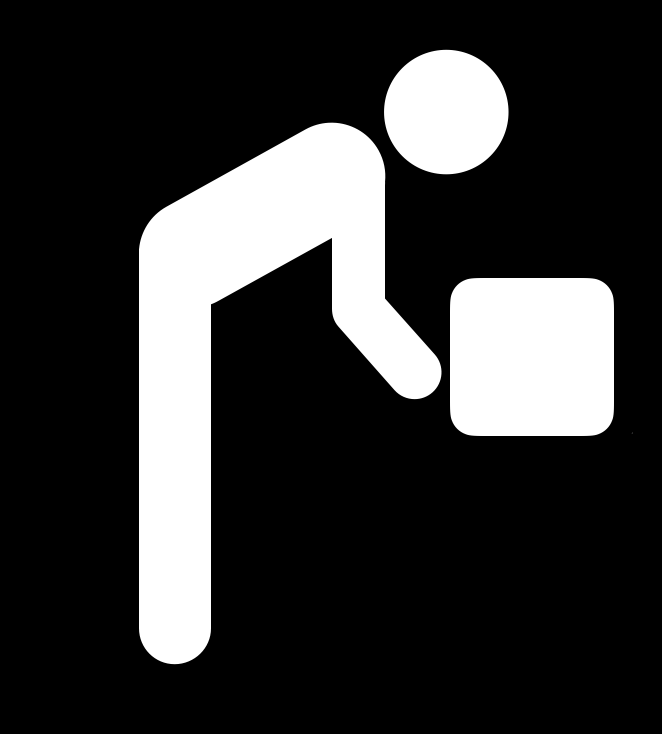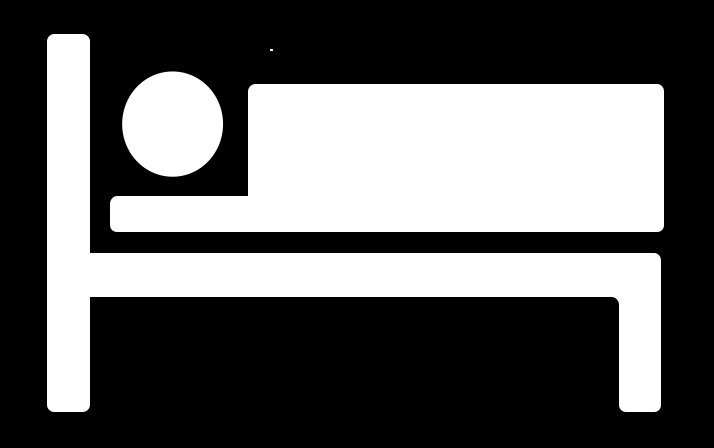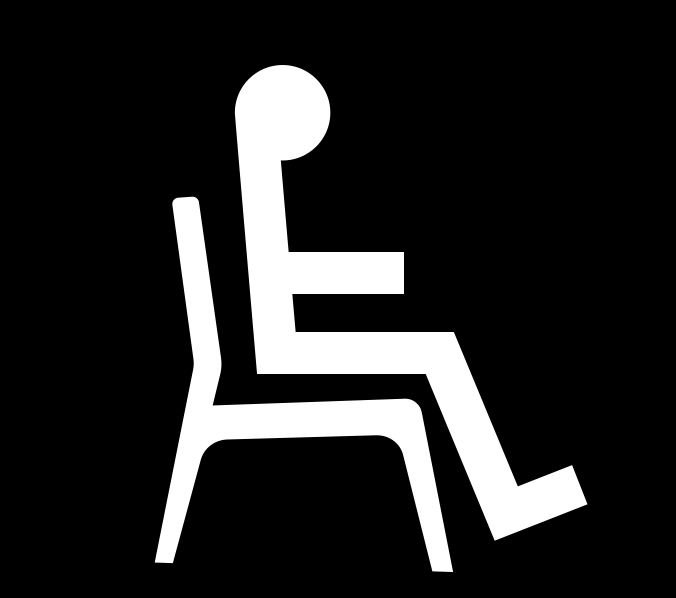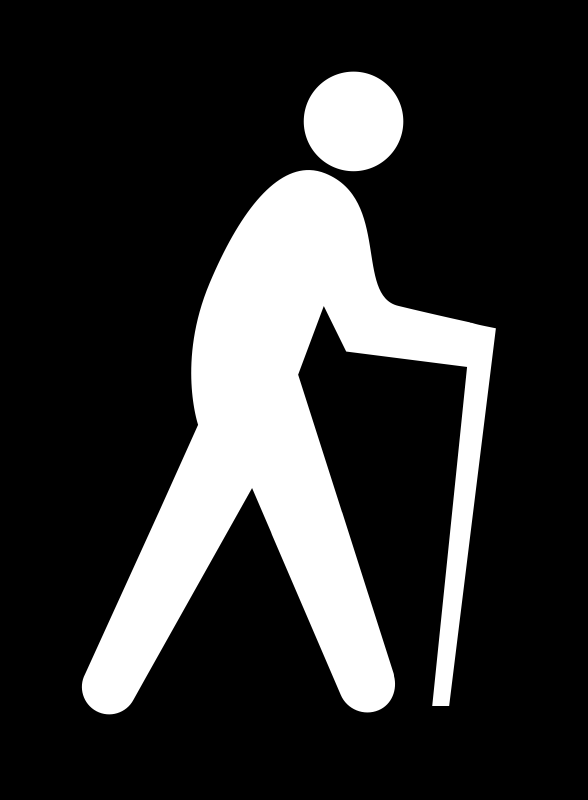
How to fix back pain?
Exercise Thought are experts in lower back pain
One of the most common diagnoses seen today within physiotherapy is lower back pain. In 2017-2018, four million, or one in six Australians, reported that they were suffering from lower back pain (AIHW, 2022). This condition was reported to be the second leading cause of disease burden in 2015 and is accountable for 4.1% of Australia’s total disease burden (AIHW, 2019). People suffering from lower back pain experience lower quality of life, reduced mobility, and reduced ability to complete daily activities, such as doing work around the house, which may also limit their work capacity (Australian Physiotherapy Association, 2020; Moffett eta al, 2006). Common lower back pain diagnoses presented to physiotherapists include non-specific low back pain, with 84% of the population experiencing this (Balagué et al, 2012), followed by discogenic low back pain (39%), (Zhang eta al, 2009) and sciatica (25%) (Ferreira eta al; 2016). Other common diagnoses are canal stenosis and muscle hyperactivity (AIHW, 2022). The mean age for lower back pain was 28 years, with 23% of the population having chronic back pain (Walker et al, 2004).
Common Back Pain Myths
MYTH 1: Lifting with a rounded back causes low back pain.
It is commonly thought that lumbar flexion (rounding your back) when lifting is associated with an increase in low back pain, or a greater risk of low back pain. However, this has been proven not true and advising that people avoid flexion during lifting is likely not helpful in preventing low back pain, but may increase fear surrounding this movement. In fact, a slight rounding of the back has actually been shown to be more efficient to lift more.
MYTH 3: Rest is best
Exercise reduces the risk of LBP and associated disability, and a combination of strengthening with either stretching or aerobic exercises performed 2-3 times per week can reasonably be recommended for prevention of LBP in the general population. Rest should be avoided with a gradual approach to movement being an appropriate approach to acute low back pain.
MYTH 2: Good or bad posture contributes to back pain
A paper in 2016 found no significant difference in lumbar lordosis (spinal curve) between people with back pain and those without. In fact, sustained “good posture” has actually been found to result in more pain compared to a slumped posture.
MYTH 4: I have a bad back and nothing will fix it
Higher pain intensity, higher body weight, carrying heavy loads at work, difficult working positions, and depression were the most frequently observed risk factors for chronic low back pain. Maladaptive behavior strategies, general anxiety, functional limitation during the episode, smoking, and particularly physical work were also explicitly predictive of chronicity.
Watch the following video to find out if it is better to strengthen or to stretch your back.
Back pain is the most common presentation for clients at Exercise Thought*. Realizing the frequency of back pain in our community, and understanding the global burden of back pain internationally, Exercise Thought began inquiring into Why so many people experience back pain and how we can help them outside the clinic to feel and move their spines better. We have a dance for a key miss related to back pain, key physical and non-physical factors that can be addressed, and we hope that preparing this website enables you to heal your own back.
The first section of this website presents common myths about back pain. Myths often emerge from asking particular questions. How do I fix my back pain in one day? How do I prevent myself from ever feeling soreness in my back again? Why does my back hurt? These are probably the wrong question. The body is meant to feel pain, but in specific circumstances. This body is meant to hurt when we lift more than what our body is accustomed to. This helps us to become aware that graduated exposure to lifting and routine exposure to lifting within one’s own capacity is good, but that unaccustomed lifting can be dangerous.
The second part of this webpage explores methods for reducing back pain that exist outside physiotherapy. Of course, you may know by the time you have reached this website, that physiotherapists often help people to reduce their back pain. We help people to move the spines more comfortably, live life with less pain, return to work after a back injury, and enjoy playing with their family and friends without the concern of injury. However there are many factors that are relevant to having a healthy spine that must be addressed outside of physiotherapy for an individual to fully recover for back pain or to minimize the unnecessary discomfort experienced. Below is a list of factors that you may wish to consider.
Important interventions of Low Back Pain:
Achieve and maintain a Healthy body weight
Load your spine appropriately, gradually increasing or decreasing load to achieve your goals
Reduce depression
Reduce or quit smoking tobacco
Maintain physical function during pain episodes
Reduce anxiety
There is ample research indicating that the aforementioned interventions can have a substantial and lasting positive effects on reducing back pain across the course of someone’s life.
*According to clinical data recorded by Physiotherapy students of Swinburne university during clinical placement at Exercise Thought
How can physio help your back pain?
Education
Exercise programs
Dry needling
If physiotherapy sounds like the answer to all your back pain problems, we can help! Click book now below or give us a call on 03 9737 6665.
